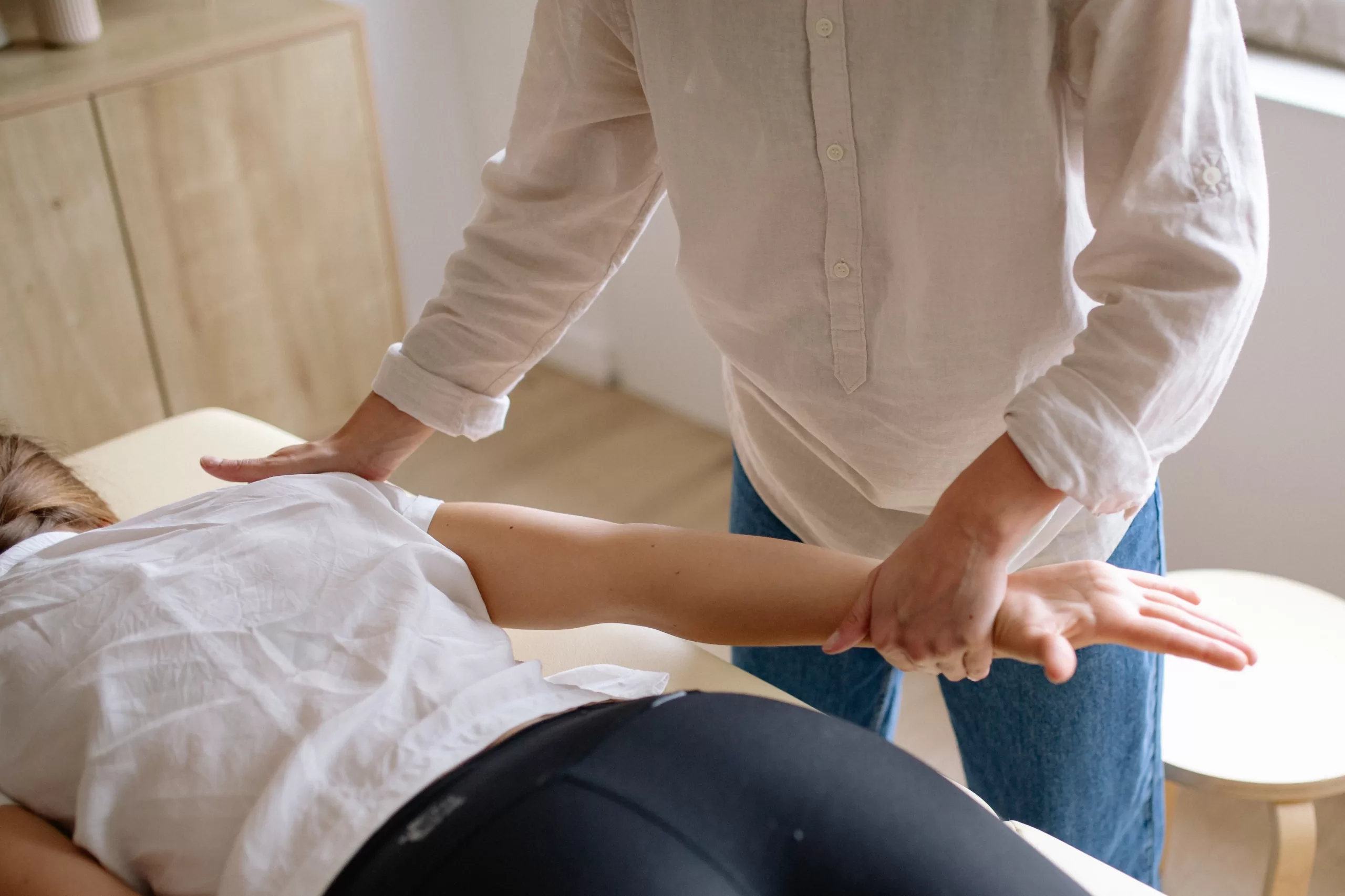Cervicogenic Headaches

There are many causes of recurrent headache which can persist for many years. Three common types are:
• tension headaches
• migraine
• headaches secondary to a disorder in one of the top three or four joints in the neck.
These neck-related headaches are commonly called ‘cervicogenic’ headaches. Cervicogenic headaches are usually felt on one side of the head and are always on the same side. Unlike migraine, neck headaches do not swap sides. They are of mild-to-moderate intensity and are always accompanied by some degree of neck pain. Most typically, the pain begins in the neck and then spreads to the head.
What causes these headaches?
Excessive strain caused by poor working postures (prolonged sitting, working in awkward neck postures) can irritate the upper joints of the neck and cause a headache. The joints can also be injured by trauma. This could be a sporting or recreational injury or a whiplash injury from a motor vehicle accident. In the late middle- aged to older age groups, osteoarthritis of the upper neck joints is another common cause of cervicogenic headache.
How effective is Physiotherapy Treatment for Cervicogenic Headaches?
There is an increasing body of evidence supporting the treatments offered by physiotherapists for the treatment of cervicogenic headache, particularly manual therapy to the joints in the neck combined with exercise. A comprehensive management program will include education, manual therapy, massage, Laser Therapy, exercise therapy and postural advice. Self-management strategies are vital to help you look after your neck and to adopt best work and lifestyle habits as well as a simple exercise regime.
What can I do to help myself?
Be aware of your neck postures, and try to avoid prolonged sitting and slouched postures which can aggravate your neck pain and headache. Regularly sit upright and tall, and hold this posture for 10 seconds to relieve strain on your joints and muscles. Correct your posture at least twice an hour for waking hours. Move regularly. Other exercises can be performed two to three times per week to ensure all muscles are working well and are supporting your neck and the weight of your head. Your physiotherapist will help to devise an exercise program for you once the joints in your neck

